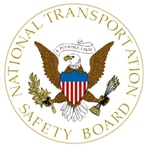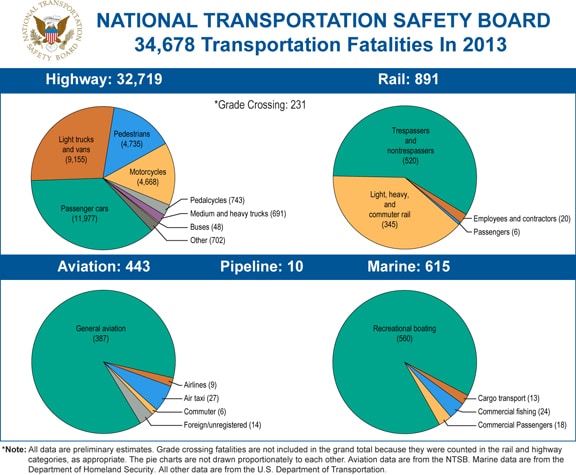A CSX freight train ran off the rails last month in rural Mount Carbon, W.Va. One after another, exploding rail cars sent hellish fireballs hundreds of feet into the clear winter sky. Gov. Earl Ray Tomblin declared a state of emergency, and the fires burned for several days.
The Feb. 16 accident was one of a series of recent fiery derailments highlighting the danger of using freight trains to ship crude oil from wellheads in North Dakota to refineries in congested regions along America’s coastlines. The most recent was last week, when a Burlington Northern Santa Fe oil train with roughly 100 cars derailed, causing at least two cars, each with about 30,000 gallons of crude oil, to explode, burn and leak near the Mississippi River, south of Galena, Ill.
Read the complete story at The New York Times.
 The National Transportation Safety Board is seeking a qualified candidate to serve as a railroad accident investigator and would like to hear from interested SMART Transportation Division members with expertise in railroad operations, railroad accident investigations and railroad safety.
The National Transportation Safety Board is seeking a qualified candidate to serve as a railroad accident investigator and would like to hear from interested SMART Transportation Division members with expertise in railroad operations, railroad accident investigations and railroad safety. A week after a CSX train hauling crude oil derailed and exploded 30 miles southeast of Charleston, W. Va., on Feb. 16, its mangled, charred tank cars were still being hauled from the crash site. Of the 27 cars that derailed, 19 had been engulfed in flames.
A week after a CSX train hauling crude oil derailed and exploded 30 miles southeast of Charleston, W. Va., on Feb. 16, its mangled, charred tank cars were still being hauled from the crash site. Of the 27 cars that derailed, 19 had been engulfed in flames.
 Two young girls and one female adult aide were killed and 27 others were injured Tuesday after two Knox County school buses collided on Asheville Highway in East Knoxville.
Two young girls and one female adult aide were killed and 27 others were injured Tuesday after two Knox County school buses collided on Asheville Highway in East Knoxville.